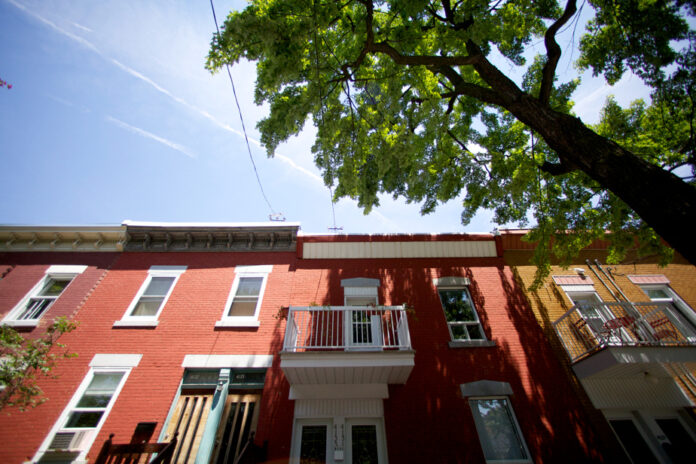Housing prices in Quebec are systematically lower than those of Ontario cities of comparable size, argues Professor Mario Polèse in an article published in the most recent edition of Policy Options magazine.
The author seeks to caution local decision makers against repeating the mistake Ontario made in the 1980s that hurt housing affordability in the neighboring province.
The proportion of tenant households in Quebec who must spend more than 30% of their income on housing is systematically lower than in Ontario when comparing cities with similar dynamics, demonstrates the professor emeritus. The measure is used frequently to determine the affordability of a region.
This is the case between Montreal and Toronto, between Drummondville and Peterborough and between Saguenay and Sudbury.
Some will argue that the difference in income explains the difference in the price of housing, but the academic points out that the median income in Quebec is catching up with that of Ontario. The explanation lies elsewhere.
The main reason, according to the author of the book Le miracle québécois, is the limited use in Quebec of development charges.
Until recently, Quebec cities did not have the power to impose such charges, unlike Ontario cities, which have had this right since 1989.
The principle of the royalty is to make promoters pay the social costs of development. In practice, there is a strong temptation to use this tool to pay all kinds of expenses, which has had the effect over the years of causing the amount of royalties payable to skyrocket.
This amount is added to the purchase price of the dwelling, which obviously affects its affordability. It also has the perverse effect of keeping small builders away from the market because of the negotiations that this entails between the developer and the municipal authorities. “The result: an oligopolistic, less fluid housing market and reduced supply,” writes Mr. Polèse.
Another impact, the fees being fixed per dwelling, the promoter is encouraged to build the most expensive units possible to better absorb them. In these circumstances, we must mourn small income properties such as the characteristic plexes of Quebec.
The effect is so damaging that Ontario decided to backtrack with the Building More Homes Act, 2022. This law aims to tighten the power of cities to collect royalties.
In Beauharnois, it can be up to $15,000 for housing located on the upper floors of a tower, reported a study by the Urban Development Institute of Quebec published last spring.
For Professor Polèse, Quebec must quickly turn off the tap. “The announced reform of urban planning and land use planning offers a golden opportunity to rethink the fees. »
A position shared by home builders. “I would tell you that it’s music to my ears,” says Paul Cardinal, director of the Economic Department of the Association of Construction and Housing Professionals of Quebec (APCHQ). “We agree with everything said. We were never keen on the idea [that royalties] were a good way to go. »
Mario Polèse also has good words for the rent control system that has been in place in Quebec for almost 50 years. Criticized by both homeowners associations and tenant groups, the Administrative Housing Tribunal acts in a balanced and sufficiently flexible manner not to harm the supply of housing, in the eyes of the professor.
He also considers that Bill 31 of the Minister responsible for Housing, France-Élaine Duranceau, remains faithful to the principles of “flexible” control of rents. An appreciation that contrasts with the virulent criticism that we have heard in the public square.
On rent control, Paul Cardinal dissents. According to him, the grid for setting rents currently in force does not allow landlords to justify the renovation expenditure on an economic level. “At a minimum, the allowable payback period should be equal to or less than the useful life of the renovations,” he says.
The regulation establishes the rent adjustment factor for major works based on the yield obtained on a 5-year guaranteed deposit certificate plus 1%. In 2022, the adjustment percentage was set at 2%. For $1,000 of work, we got back $20 a year. At this rate, the payback period stretched to 50 years. With rising interest rates, the time frame has shortened this year and will be reduced again next year, possibly to 22 years.

